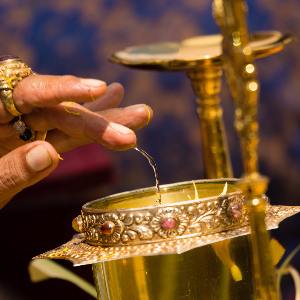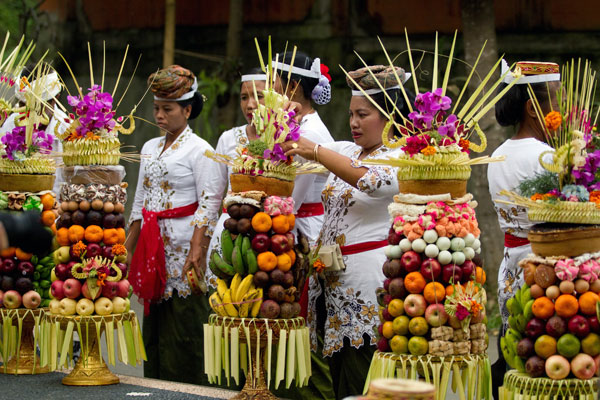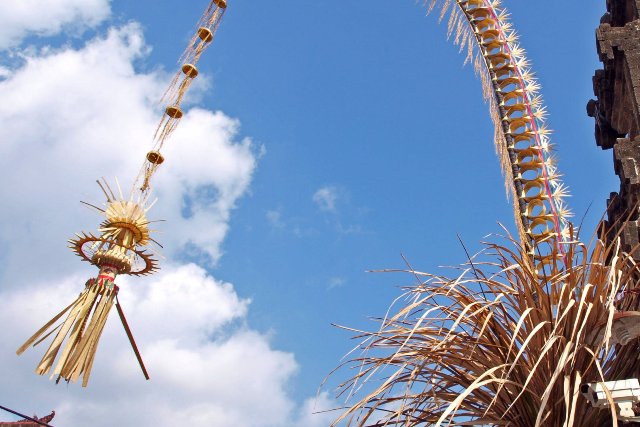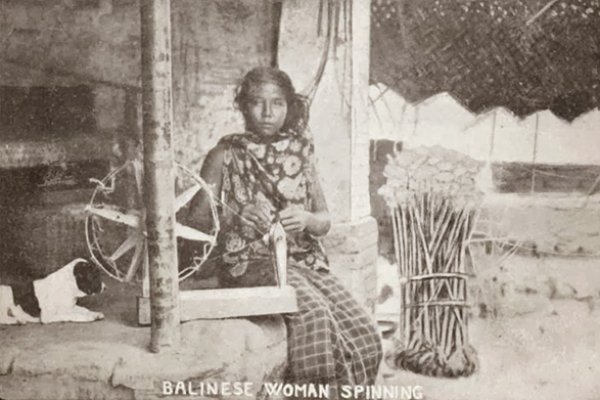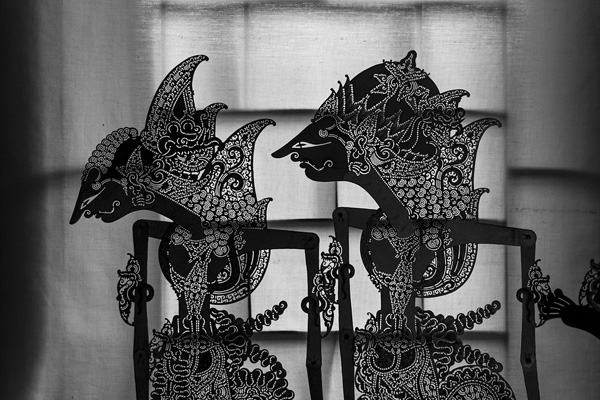Traditional architecture and aesthetic techniques
All traditional buildings in Bali are designed based on the principles of Balinese Hindu traditions and belief systems. Balinese houses, palaces and temples are created as a collection of several structures within a walled enclosure, where each serves a unique function. The cultural and religious influence on the architecture goes back many centuries.
A Balinese architect will aim to create a sacred place in line with what they believe requires for a harmonious and balanced energy. Therefore Balinese priests also preserve the knowledge and guidelines for Balinese architectures.
Did you know? For a building to be built in Bali and legalized in official regulations, it is not allowed to exceed the height of a coconut tree (15 meters).
Contemporary Balinese Architecture Today
Bali’s architecture is not only very famous in Asia, but also globally recognized as a style. It combines a classy tropical lifestyle, with traditional elements creating a unique atmosphere. Most hotels, restaurants, commercial villas and private houses are both inspired by Balinese elements and contemporary architectural concepts. It can be seen in the aesthetics and the inclusion of Bali’s building materials, beautiful artistry and craftsmanship.
The art of Balinese architecture continues to grow, while Influences from various parts of the world can be found in many hotels, restaurants and other public places. All these millennial touches seem to unite into a harmony on this magical island.


























